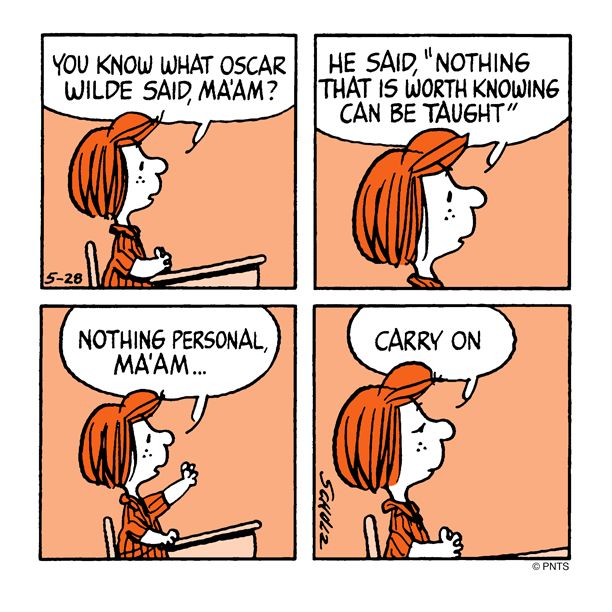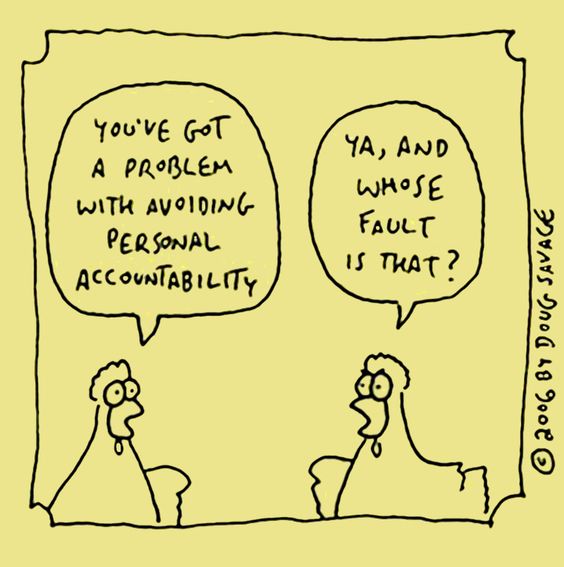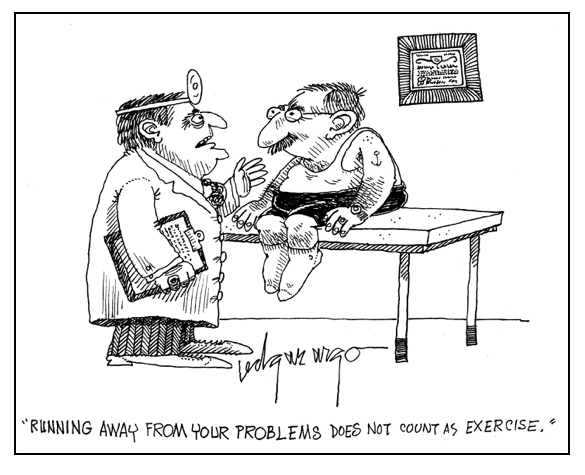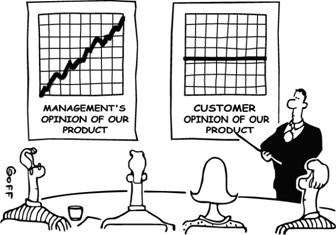 Problem: We often know what to do, but we don’t do it.
Problem: We often know what to do, but we don’t do it.
Solution: Err toward action, and measure results.
Knowing what to do is not enough; we must do. In some cases, the gap between knowing and doing is more inhibiting than the gap between ignorance and knowing. Competitive advantage comes from being able to do something others can’t or don’t do.
To avoid the knowing-doing gap, realize that:
- Talking is not a substitute for action. Talking about something is not the equivalent of actually doing it. Rhetoric is often an essential first step, but eventually something has to get done and someone has to do it.
Beware of people who:- Talk too much. Sometimes there is an inverse relationship between how much a person talks and his ability to get things done.
- Use “smart language” or technical jargon. Complex language and ambiguous terminology confuses people and inhibits action.
- Are critical. Some people try to sound smart by criticizing other people’s ideas.
- Making decisions is not a substitute for action. By itself, a decision changes nothing.
- Preparing documents is not a substitute for action.
- Planning is not a substitute for action.
- Just because something is easy to understand doesn’t mean it will be easy to implement.
How to close the gap
- When possible, learn by doing; “If you do it, then you will know it.”
When you learn by doing, there is no knowing-doing gap. Knowledge that is actually implemented is much more likely to be acquired from learning by doing than from learning by reading, listening, or even thinking. Surgeons “hear one, see one, do one.” - Always err toward action. This creates opportunities for learning by doing. It helps to establish a cultural tone that action is valued and that talk and analysis without action are unacceptable. Use rapid prototyping to see if things work and then modify them on the basis of that experience.
- Fear fosters knowing-doing gaps, so drive out fear. Setbacks and mistakes should be seen as an inevitable, even desirable, part of being action oriented. Action-oriented people make mistakes so provide a “soft landing.” “Learning is an extension of the word trying.” Nanus and Bennis
- Measure results, not actions. “The foundation of any successfully run business is a strategy everyone understands coupled with a few key measures that are routinely tracked” (Dean Tjosvold). Often, measuring many things is counterproductive; measuring more things will not necessarily get more of the right things done; but do measure important metrics. Don’t measure activity; measure results.
- As a leader, adopt an apprenticeship approach to managing your team members; be a coach, not just a teacher or mentor. Unfortunately, knowing by doing is, initially, a less cost-effective way of transmitting knowledge and changing behavior (it is counterintuitive to much of our Internet-driven culture), but ultimately, it is the best way.
[reminder]What are your thoughts about this essay?[/reminder]
[The Knowing-Doing Gap: How Smart Companies Turn Knowledge into Action by Pfeffer and Sutton is the best book on this subject.]

 Life is a sum of all your choices. Albert Camus
Life is a sum of all your choices. Albert Camus All leaders can become good problem-solvers. To do so, they must do four things: Anticipate problems before they occur; maintain a positive attitude while they occur; use all their resources to solve them as quickly as possible so they cease to occur; learn from them so the same problems do not occur again. —John Maxwell, Developing the Leaders Around You
All leaders can become good problem-solvers. To do so, they must do four things: Anticipate problems before they occur; maintain a positive attitude while they occur; use all their resources to solve them as quickly as possible so they cease to occur; learn from them so the same problems do not occur again. —John Maxwell, Developing the Leaders Around You